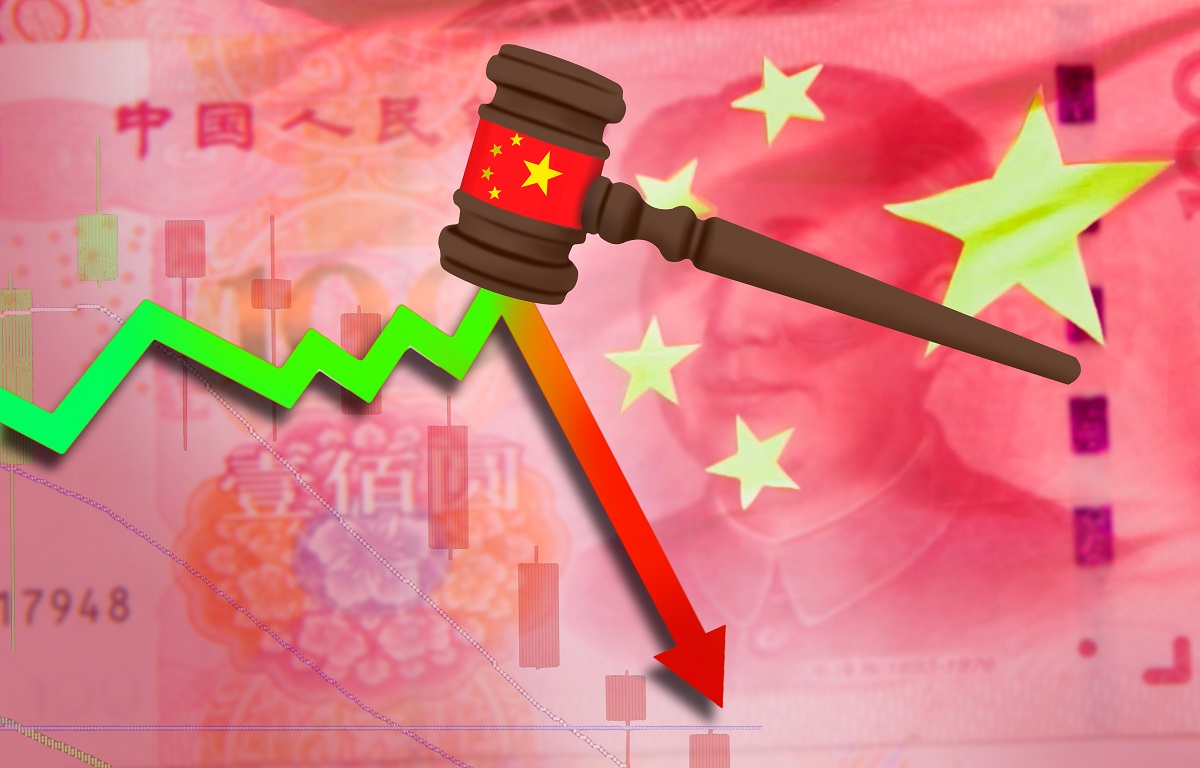Wednesday, 30 September 2021
Written by Royce Tan, Chief Market Insights Officer of GAX MD

Back in June when China President Xi Jinping dropped a hint during a school visit, that tutors should not be doing things in place of teachers, nobody saw what was coming.
It was only about a month later when Beijing announced a ban on for-profit school tutoring that the investing fraternity started to figure out what was going on, which led stock markets into a turmoil, before the Evergrande saga hit.
The event marked the start of an intense, multi-pronged regulatory crackdown on tech companies that dominated the education, finance and food delivery sectors, as well as internet companies.
Didi Global Inc, China’s version of Uber, was pulled out of the app stores in China, just days after it was listed on the New York Stock Exchange, due to security risks.
The government also required food delivery platforms to ensure the welfare of the delivery workers.
Just recently, Beijing also told Alipay, which has 1 billion users, to break up Huabei and Jiebei – its traditional cards and small unsecured loans business respectively – from its main business.
This string of events surrounding the regulatory overhaul led to a major selloff of Chinese stocks, especially those tech-related, erasing USD1.5 trillion from the market value of the counters at its lowest, as compared to the peak in February 2021 before Beijing rolled out its anti-monopoly rules.
When the great clampdown could have very well started was in November last year when the Chinese Government halted Ant Group’s dual initial public offering (IPO) in Shanghai and Hong Kong, which the fintech giant later said was due to a “significant change in regulation for online lending”.
After peaking in February 2021 on the back of optimism of China’s economic recovery, the bearish sentiments from the regulatory overhaul erased USD1.5 trillion from the market value of the Chinese counters.
How much is USD 1.5 trillion? That’s about quadruple the market capitalisation of all the listed companies in Malaysia combined. To help visualise, that amount would be sufficient to build about 540 Petronas Twin Towers in today’s terms.
The rocky situation in China was further exacerbated with hundreds of new rules, debt and land-buying curbs, triggering a selloff in assets, defaults, a slew of bankruptcies, defaults cut-price takeovers. This has greatly affected China Evergrande, the second largest developer in China and the most indebted company in the world at USD300 billion, which we have discussed at length in our article last week.
The rationale behind China’s clampdown
The best time to have structural reforms is always during a time of crisis as it lays bare the inherent weaknesses of policies in a particular economy. The Covid-19 pandemic, which left no economy unscathed in its onslaught, presents the best opportunity for reforms to kick in.
The leniency towards the tech sector in China, has propelled it to great heights, which saw the likes of Alibaba, Tencent and JD.com grow leaps and bounds, including Didi, which is bigger than Uber.
The freedom in a way, led to some of these giants to use their size to monopolise their positions, to eliminate competitors, deny workers of the gig economy basic benefits and to a certain extent, exploit consumers.
Xi decided that enough was enough and put his foot down as he embarked on a shift in priorities of China’s policies to common prosperity and national security, which is particularly important considering the ongoing trade tensions between the United States and China.
The hostility between the two economic giants is nothing new, especially after former US President Donald Trump instigated one against the second largest economy in July 2018 and the tensions could have only grown throughout the pandemic.
It doesn’t seem like the ongoing economic conflicts with China under the new administration under President Joe Biden, who was sworn in in January, would subside anytime soon as the US continues to be critical on China when it comes to human rights and its affairs in Taiwan and Hong Kong, all of which that China considers to be its internal matters.
On the whole, we view the great clampdown in China as a short-term pain that will be beneficial for China in the long run. Connecting the dots, what Beijing can be seen doing is a major overhaul of its economy with an end goal of self-sustaining economy that will be complemented by external trade, and this requires a large enough population and a productive workforce.
China may be staring at a demographic crisis due to its 35-year one-child policy that ended in 2015, which may lead to shrinking labour pool amidst a rapid rise in its ageing population. Its two-child policy failed to raise birth rates due to the high cost of living being a fundamental problem.
This led Xi’s administration to allow couples to have three children in May this year, coupled with the regulatory onslaught on education tech and monopolistic platforms that were profiting off people. Then came the strict gaming rules which allowed those under 18 to only three hours of game time per week, a move to prevent gaming addiction among youths and as a catalyst to push its future workforce towards better productivity.
How did MYTHEO react?
At the peak of the clampdown in May, our algorithms picked up a high volatility coming from Blackrock’s iShares China Large-Cap ETF (FXI), one of the ETF’s that we’re invested in. We had an exposure of about 3% then and our algorithms removed it entirely from our Growth portfolio.
The FXI had tanked about 16% and our algorithms picked it up again due to its attractive valuation based on price-to-book ratio and also a much lower volatility, which led it to add 6.2% of the ETF into our Growth portfolio.
It is important to note that there were no human interventions and that MYTHEO uses algorithms based in quantitative analysis to eliminate human bias and emotions in our investment decision process.
Investors may observe volatilities in China related stocks as the clampdown goes on but MYTHEO’s algorithms keeps this in check, on top of our heavily diversified investing universe of 60 ETFs, of which 31 ETFs have been activated to effectively manage risks like this.
Stay invested no matter what the economic condition is and you will thank yourself in the long run.
This material is subjected to MYTHEO's Notice and Disclaimer.



